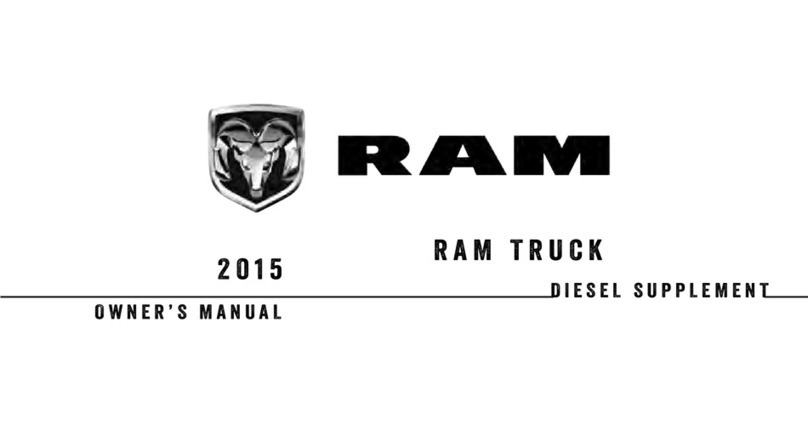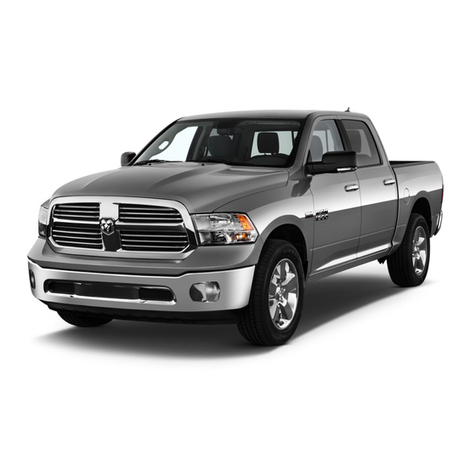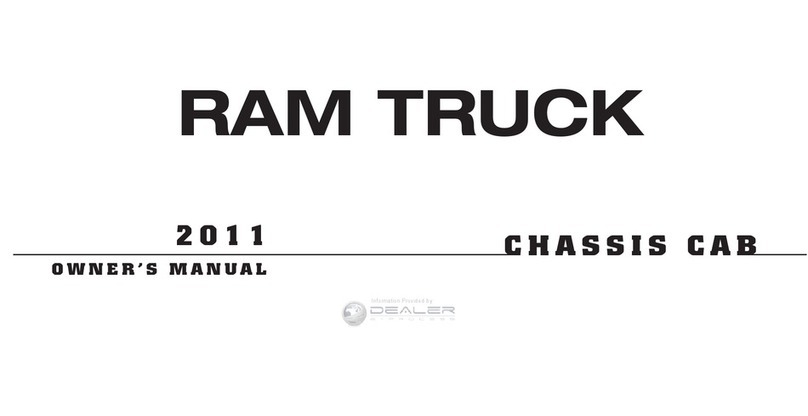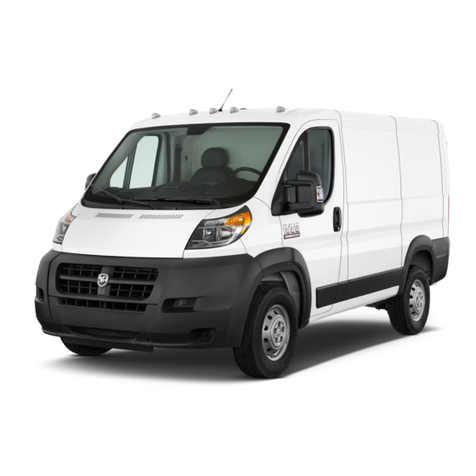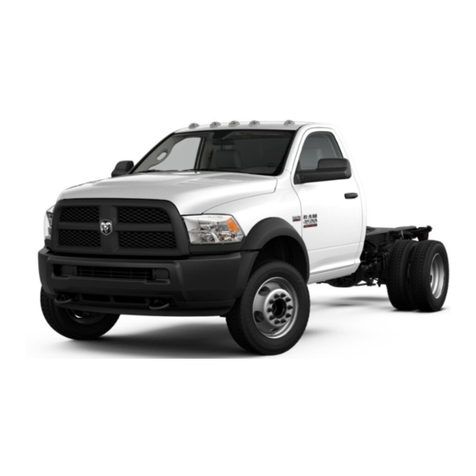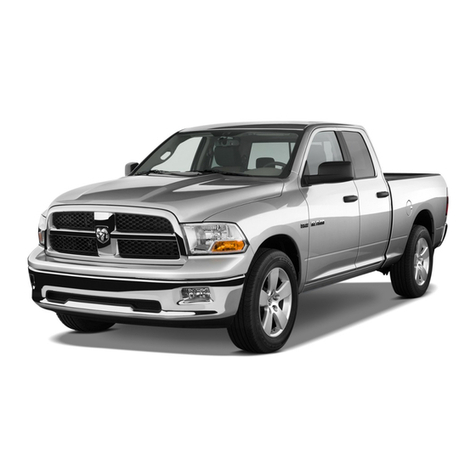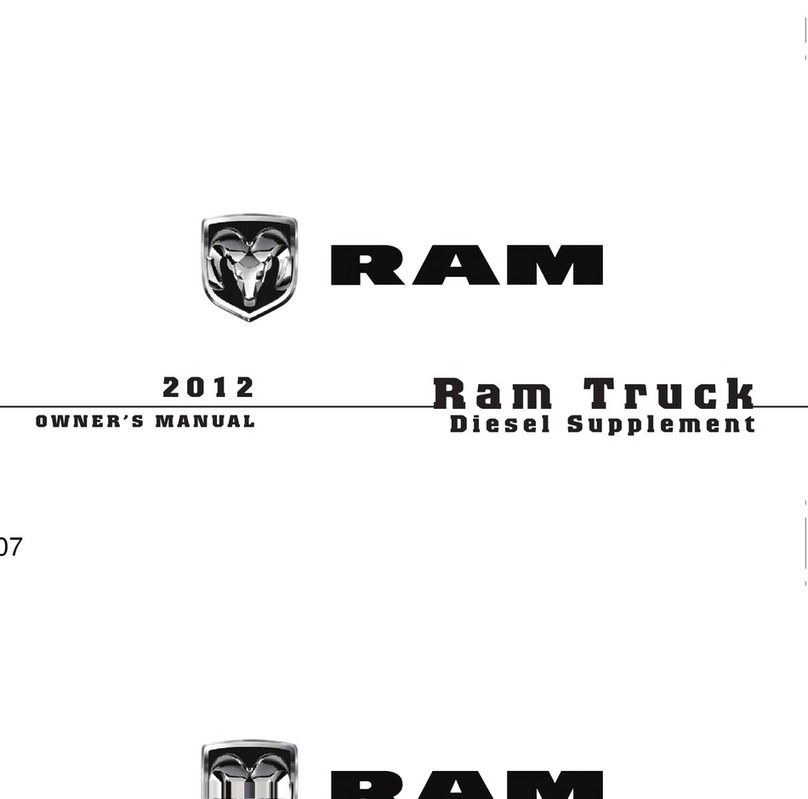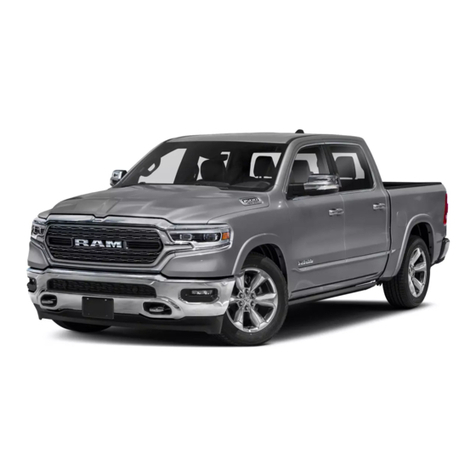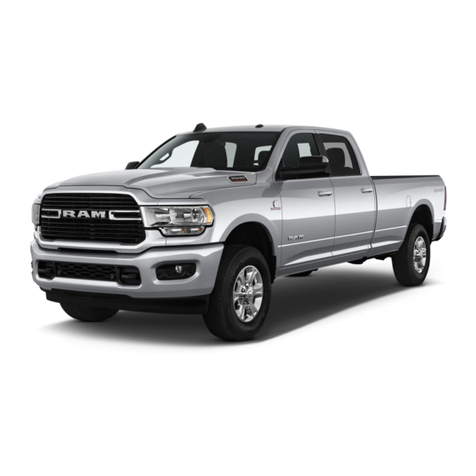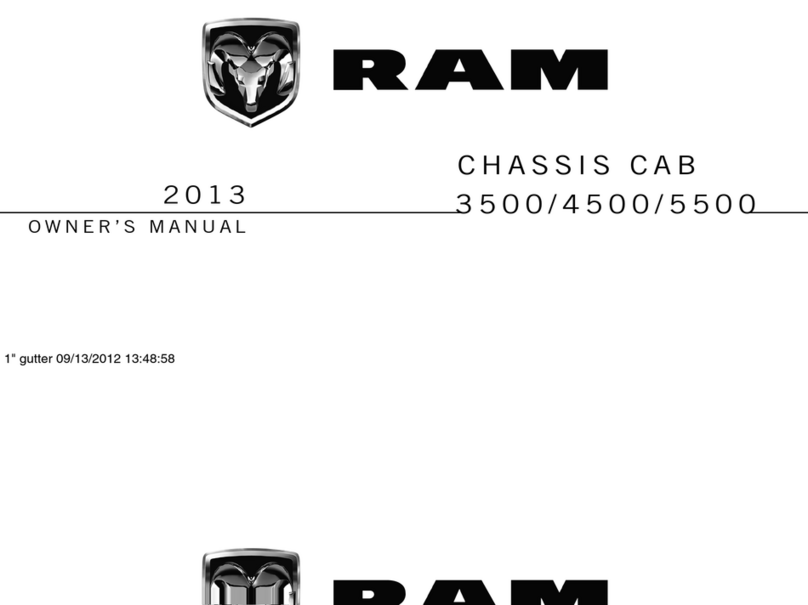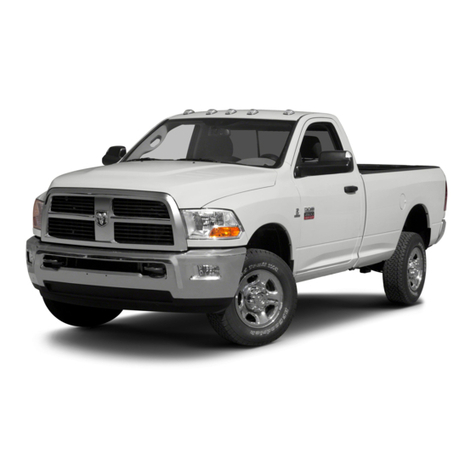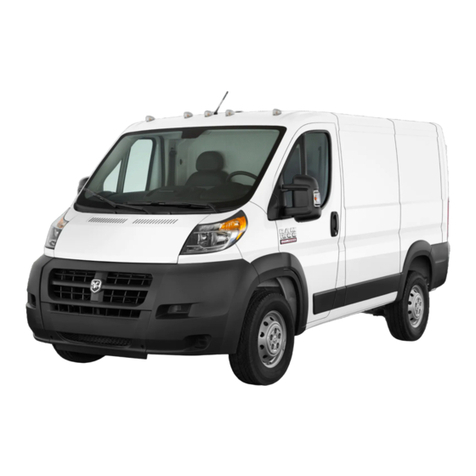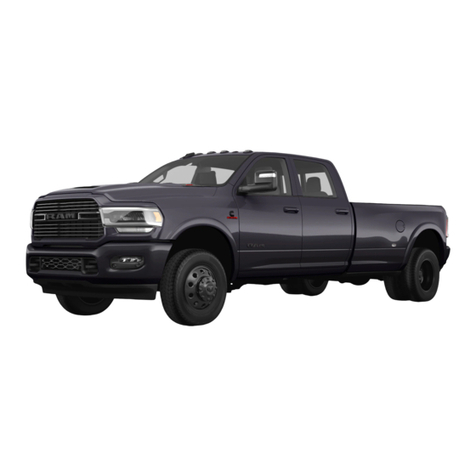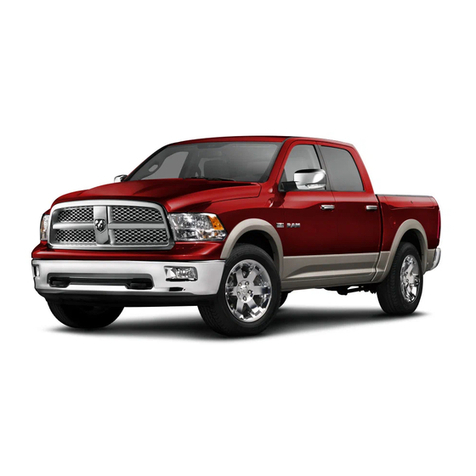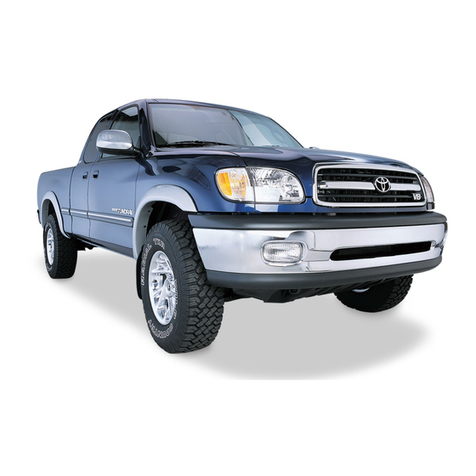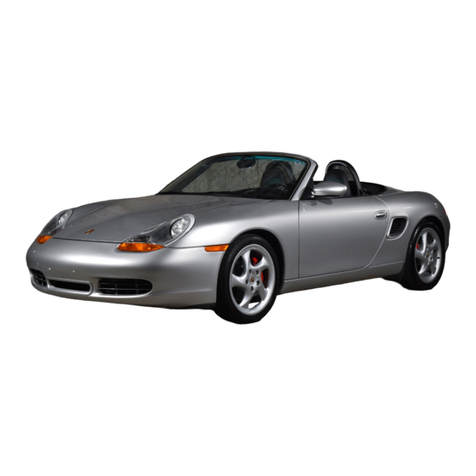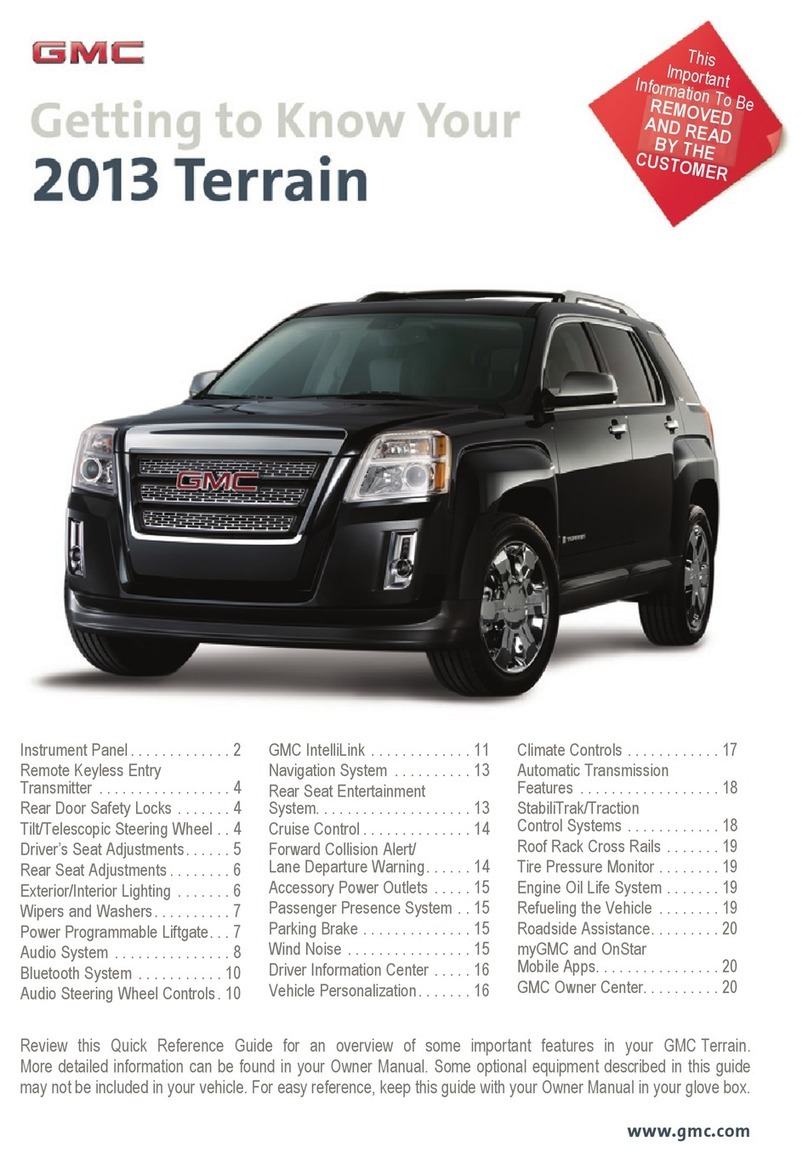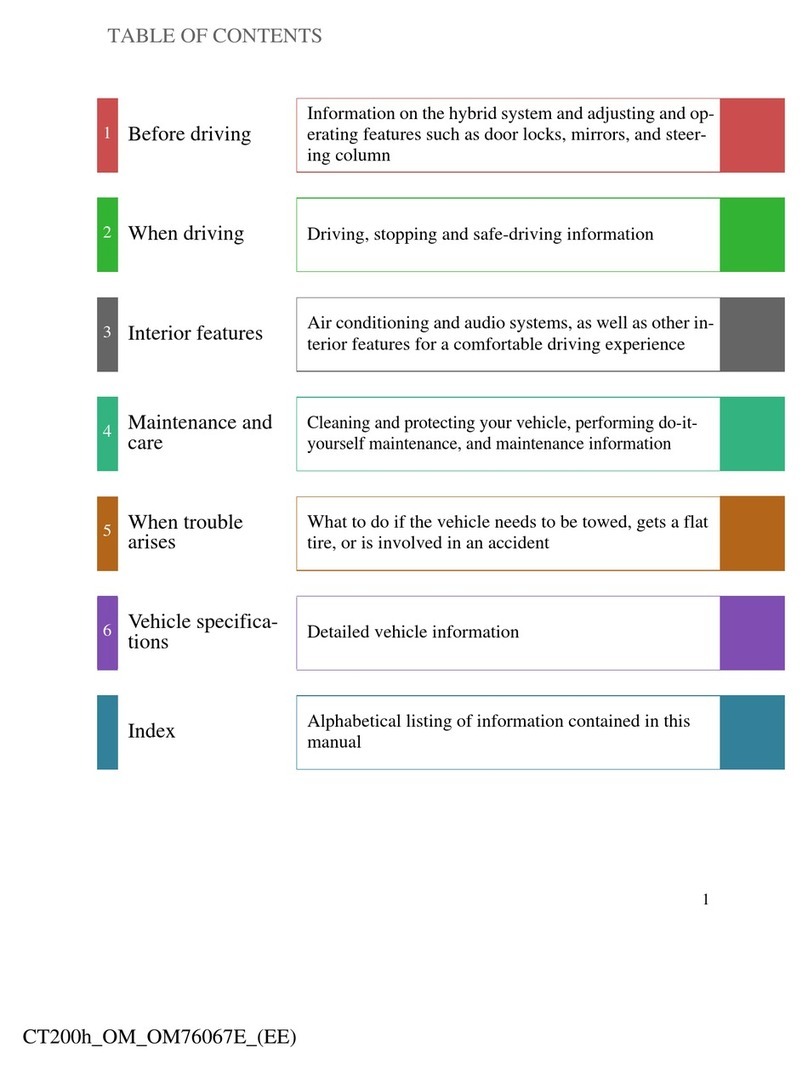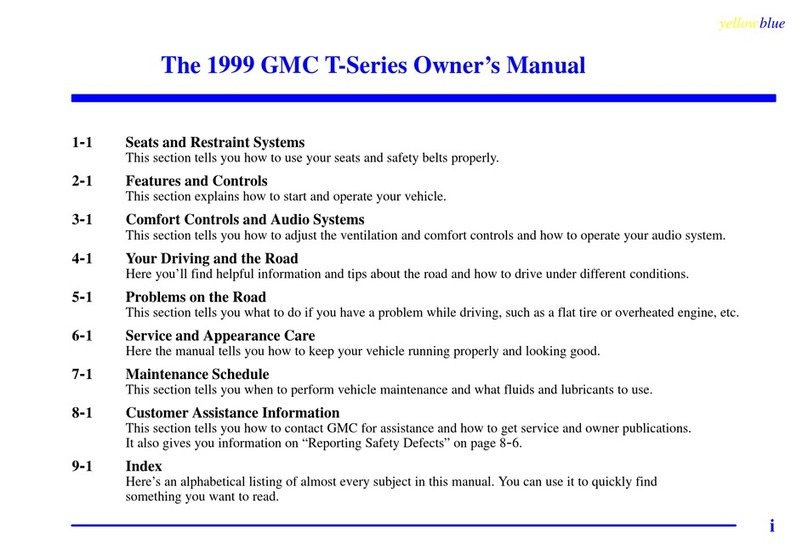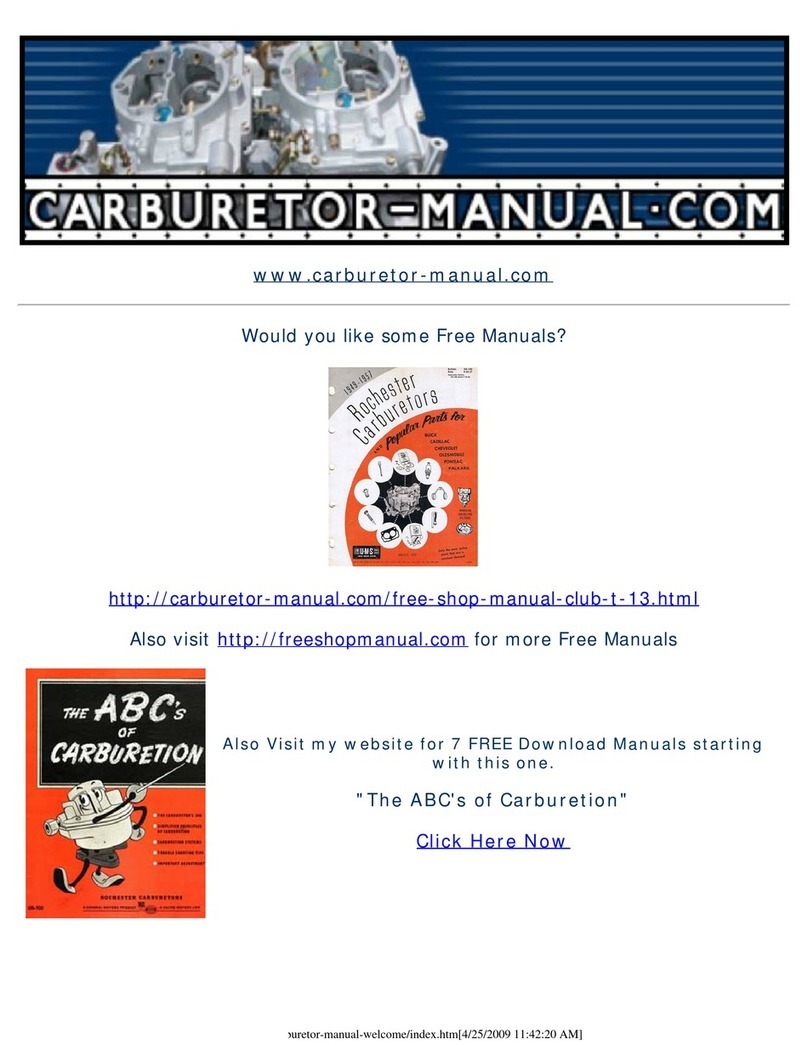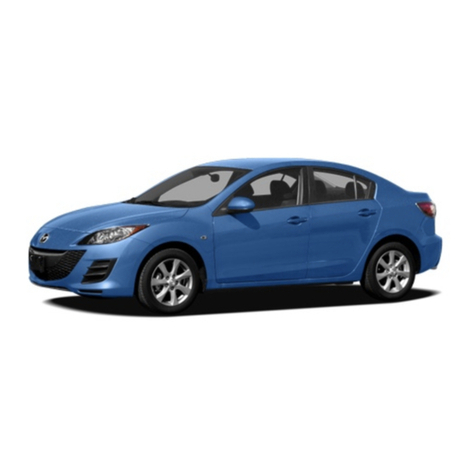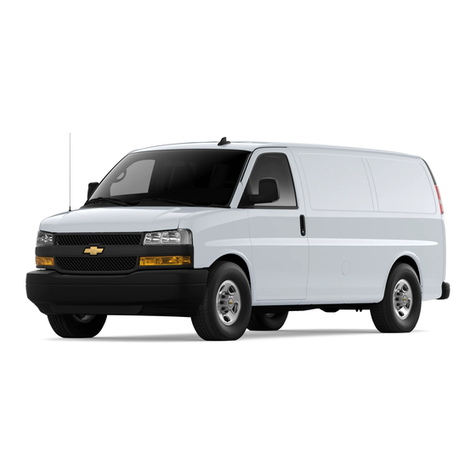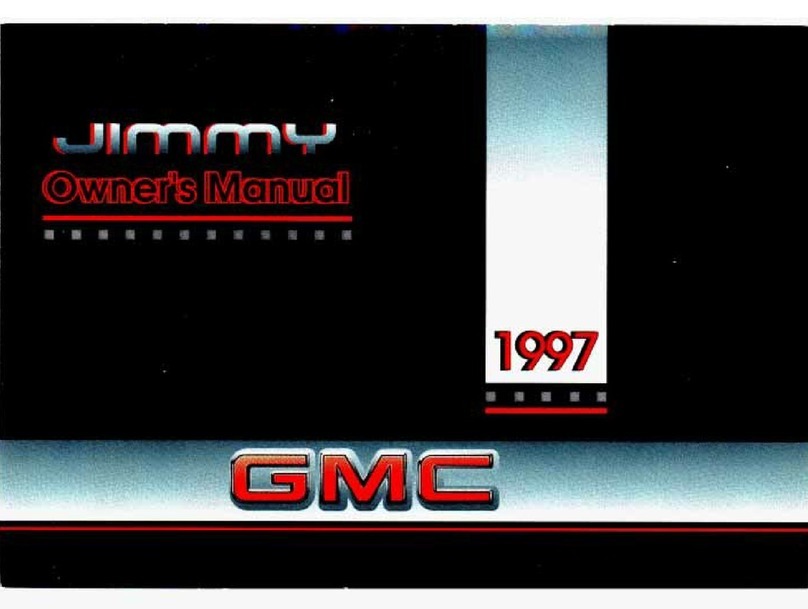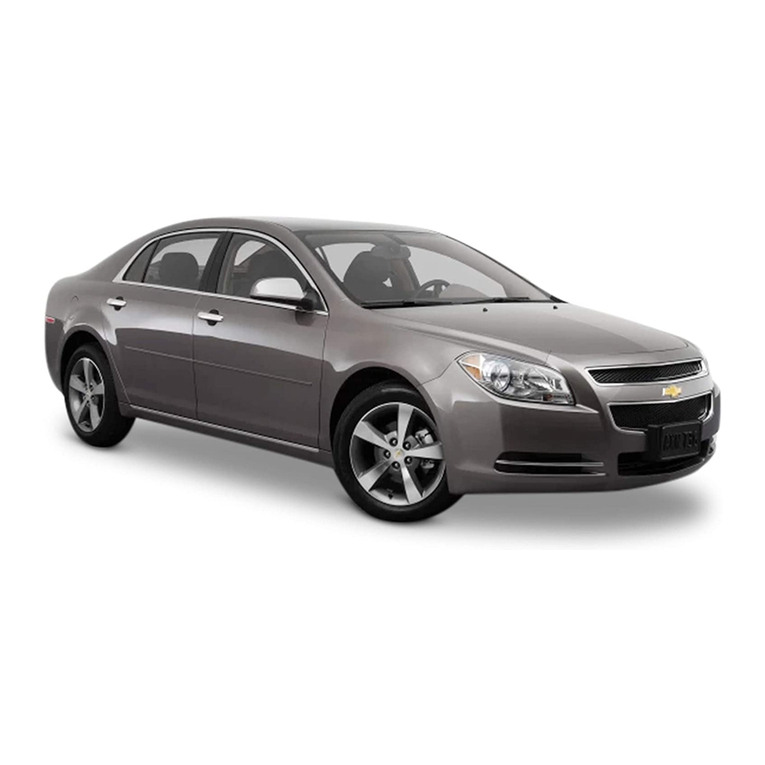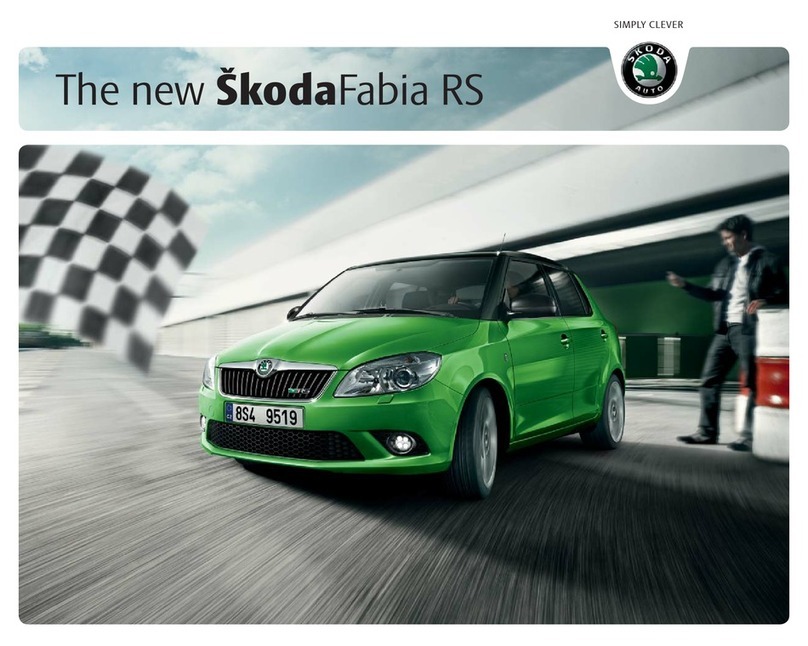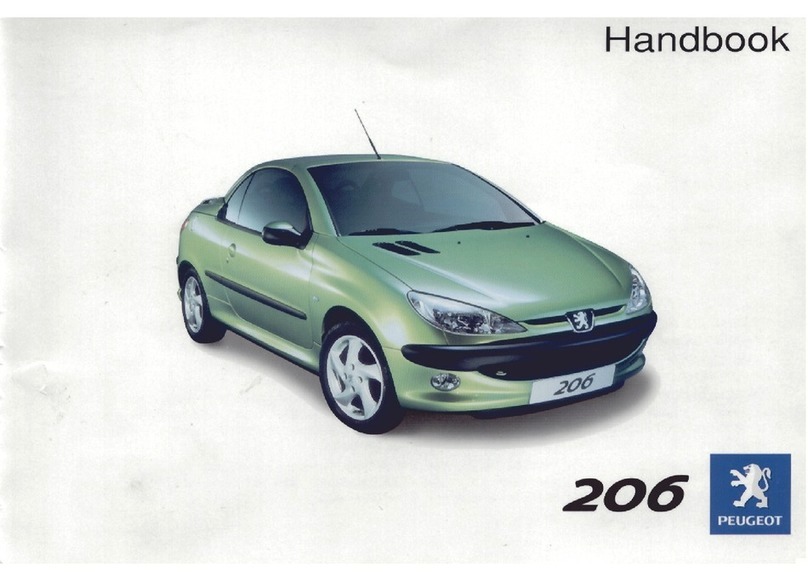
INTRODUCTION/WELCOME
WELCOME FROM CHRYSLER
GROUP LLC ..................3
CONTROLS AT A GLANCE
DRIVER COCKPIT ..............6
INSTRUMENT CLUSTER ..........8
GETTING STARTED
KEYFOB ...................10
KEYLESS ENTER-N-GO™ .........11
REMOTE START ..............13
THEFT ALARM ................13
SEATBELT ..................13
SUPPLEMENTAL RESTRAINT SYSTEM
(SRS) — AIR BAGS .............14
CHILD RESTRAINTS ............15
FRONT SEATS ................21
HEATED/VENTILATED SEATS .......23
HEATED STEERING WHEEL ........24
TILT STEERING COLUMN .........25
OPERATING YOUR VEHICLE
ENGINE BREAK-IN
RECOMMENDATIONS ...........26
TURN SIGNALS/WIPER/WASHER/HIGH
BEAMS LEVER ................27
HEADLIGHT SWITCH ............28
SPEED CONTROL ..............29
ELECTRONIC RANGE SELECT (ERS)
OPERATION .................31
MANUAL CLIMATE CONTROLS WITHOUT
TOUCH-SCREEN ...............32
MANUAL CLIMATE CONTROLS WITH
TOUCH-SCREEN ...............33
AUTOMATIC CLIMATE CONTROLS WITH
TOUCH-SCREEN ...............34
POWER SLIDING REAR WINDOW ....35
WIND BUFFETING .............35
ELECTRONICS
YOUR VEHICLE'S SOUND SYSTEM . . . 36
IDENTIFYING YOUR RADIO ........38
Uconnect
®
Access (AVAILABLE ON
Uconnect
®
8.4A AND Uconnect
®
8.4AN)
(IF EQUIPPED) ................39
Uconnect
®
3.0 ................49
Uconnect
®
5.0 ................51
Uconnect
®
8.4A ...............58
Uconnect
®
8.4AN ..............78
STEERING WHEEL AUDIO
CONTROLS ..................98
ELECTRONIC VEHICLE INFORMATION
CENTER (EVIC) ...............98
PROGRAMMABLE FEATURES .......99
UNIVERSAL GARAGE DOOR OPENER
(HomeLink
®
) ................101
POWER INVERTER ............104
POWER OUTLETS ............105
OFF-ROAD CAPABILITIES
FOUR-POSITION/PART TIME
TRANSFER CASE .............106
UTILITY
TOWING & PAYLOAD ...........107
TOW/HAUL MODE ............108
INTEGRATED TRAILER BRAKE
MODULE ..................108
AUXILIARY SWITCHES ..........109
RECREATIONAL TOWING
(BEHIND MOTORHOME, ETC.) .....110
DIESEL
DIESEL ENGINE BREAK-IN
RECOMMENDATIONS ...........112
DIESEL ENGINE STARTING
PROCEDURES ...............112
DIESEL EXHAUST BRAKE
(ENGINE BRAKING) ...........114
IDLE-UP FEATURE (AUTOMATIC
TRANSMISSION ONLY) .........115
ENGINE MOUNTED FUEL FILTER/WATER
SEPARATOR ................116
UNDERBODY MOUNTED FUEL
FILTER/WATER SEPARATOR .......117
EXHAUST REGENERATION .......118
COOL-DOWN IDLE CHART ........119
DIESEL EXHAUST FLUID ........120
WHAT TO DO IN EMERGENCIES
ROADSIDE ASSISTANCE .........122
INSTRUMENT CLUSTER WARNING
LIGHTS ...................122
IF YOUR ENGINE OVERHEATS .....126
JACKING AND TIRE CHANGING ....127
HOISTING .................133
JUMP-STARTING .............133
EMERGENCY TOW HOOKS .......135
SHIFT LEVER OVERRIDE ........136
TOWING A DISABLED VEHICLE ....137
FREEING A STUCK VEHICLE ......138
EVENT DATA RECORDER (EDR) ....139
MAINTAINING YOUR VEHICLE
OPENING THE HOOD ..........140
ENGINE COMPARTMENT ........141
FLUIDS AND CAPACITIES ........143
MAINTENANCE SCHEDULE –
GASOLINE ENGINE ............146
MAINTENANCE SCHEDULE –
DIESEL ENGINE ..............151
FUSES ....................156
TIRE PRESSURES .............160
WHEEL AND WHEEL TRIM CARE . . . 161
EXTERIOR BULBS ............161
TABLE OF CONTENTS
